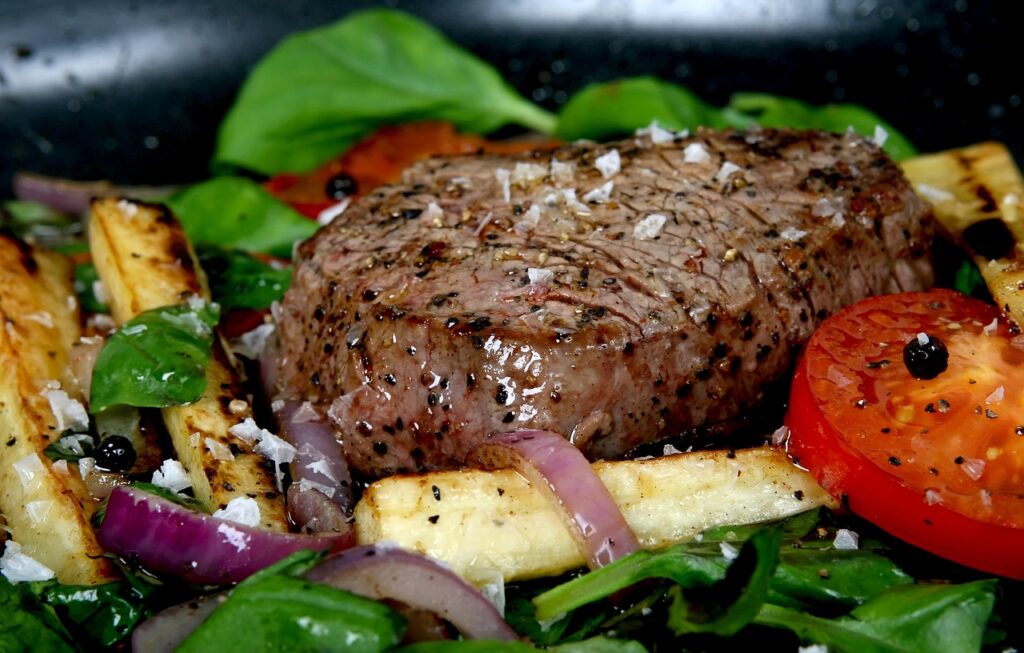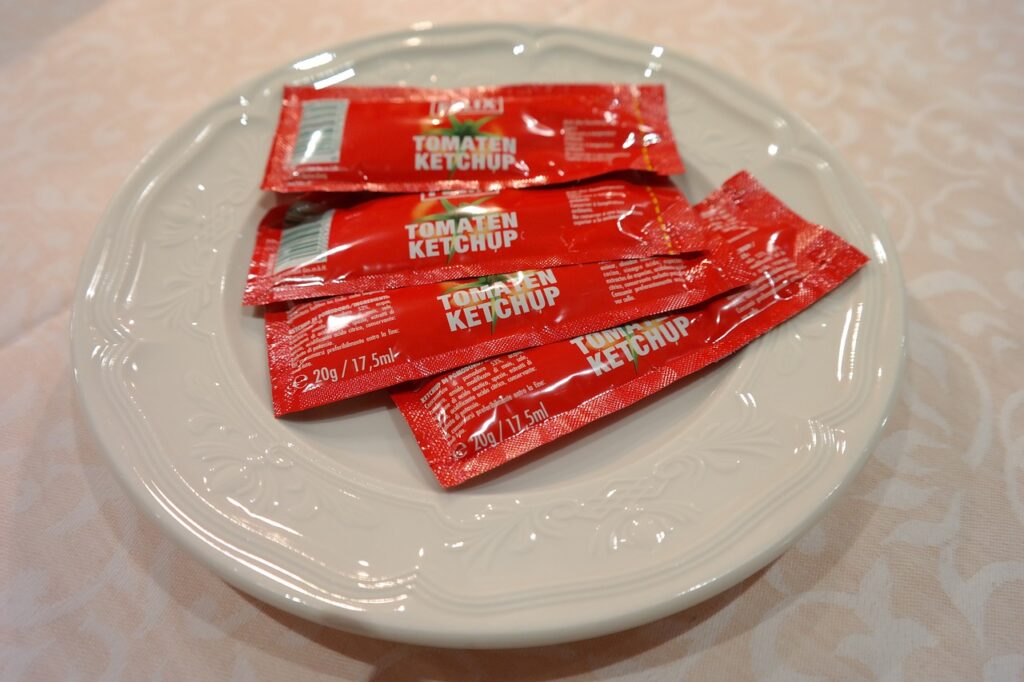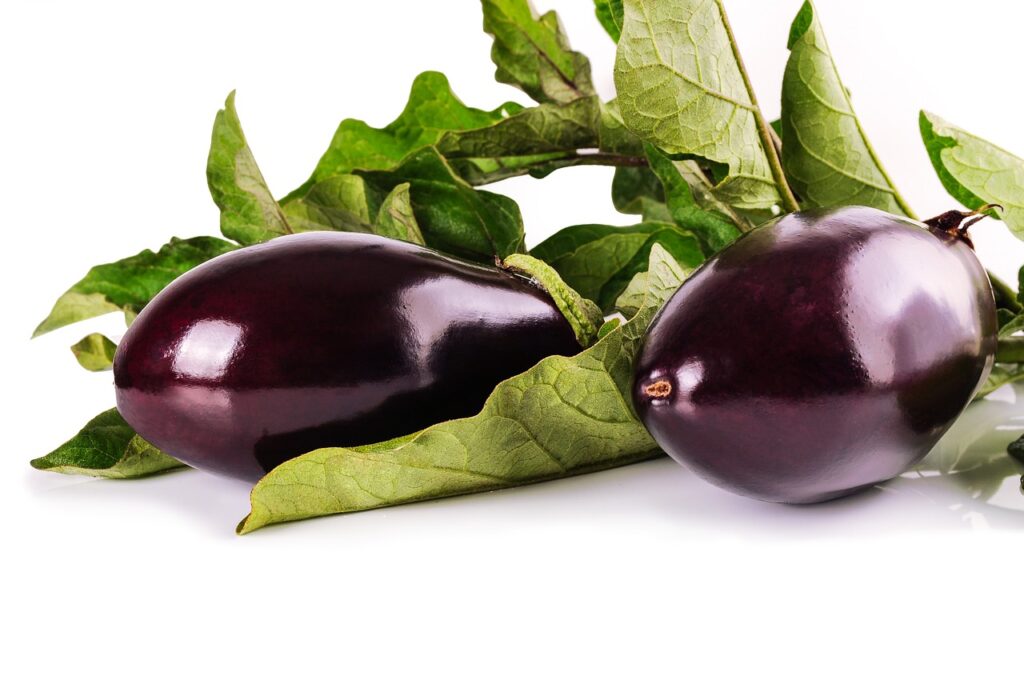Looking for a gluten-free pizza crust that fits your keto lifestyle? Wondering what options are out there to satisfy your pizza cravings without compromising your dietary needs? Well, look no further! With so many gluten-free keto pizza crusts available, it can be overwhelming to choose the best one for you. But fear not, because we've got you covered.
In this discussion, we will explore some of the top contenders for the title of the best gluten-free keto pizza crust. So, whether you're a fan of cauliflower, almond flour, coconut flour, flaxseed, zucchini, or even cheese, we've got the perfect crust option waiting for you.
Get ready to elevate your pizza game to a whole new level!
Cauliflower Crust

To create a delicious and gluten-free pizza crust, consider using cauliflower as a nutritious and low-carb alternative. Cauliflower has gained popularity as a versatile vegetable that can be transformed into a variety of dishes, including pizza crusts. By using cauliflower instead of traditional flour, you can enjoy a guilt-free pizza that's packed with vitamins and minerals.
There are several cauliflower crust recipe ideas that can satisfy your pizza cravings without compromising your dietary needs. One popular method involves grating cauliflower finely and combining it with eggs, cheese, and spices to form a dough. This dough is then baked until golden and crispy, creating a sturdy base for your favorite pizza toppings.
Cauliflower alternatives can also be made using cauliflower rice, which is simply cauliflower that has been processed into small, rice-like pieces. This can be mixed with eggs, cheese, and seasonings to create a dough that can be shaped into a pizza crust.
Not only does cauliflower provide a low-carb option for pizza crusts, but it also offers numerous health benefits. It's rich in fiber, vitamins C and K, and antioxidants, making it a nutritious choice for those following a gluten-free or keto diet.
Almond Flour Crust
If you're looking for another gluten-free and keto-friendly option for your pizza crust, consider trying almond flour crust. Almond flour is a popular alternative to traditional white flour because it's low in carbs and high in healthy fats and protein. It also has a slightly sweet and nutty flavor that adds a delicious twist to your pizza.
To make an almond flour pizza dough, you'll need almond flour, eggs, olive oil, salt, and a pinch of baking powder. Simply mix these ingredients together until you have a dough-like consistency, then shape it into a crust and bake it in the oven.
One of the benefits of using almond flour for your pizza crust is its versatility. You can experiment with different toppings and flavors to create a variety of delicious combinations. Plus, almond flour is naturally gluten-free, making it suitable for those with gluten sensitivities or celiac disease.
If you're looking for almond flour alternatives, you can also try coconut flour or a combination of the two. Coconut flour is another low-carb option that adds a subtle sweetness to your crust. Mixing almond and coconut flour can create a lighter texture while still maintaining the nutty flavor.
Coconut Flour Crust

If you're looking for a gluten-free keto pizza crust option, coconut flour crust is worth considering. Coconut flour is rich in fiber, which can aid in digestion and promote feelings of fullness.
To achieve a crispy crust, make sure to pre-bake the coconut flour dough before adding your toppings.
Nutritional Benefits of Coconut Flour
Coconut flour crust offers a range of nutritional benefits that can enhance your gluten-free keto pizza experience.
When it comes to gluten-free baking, using coconut flour has several advantages over other gluten-free flours.
Firstly, coconut flour is high in fiber, which promotes better digestion and helps regulate blood sugar levels. It also contains healthy fats that can aid in weight management and provide a feeling of satiety.
Additionally, coconut flour is lower in carbohydrates compared to other gluten-free flours, making it an excellent choice for those following a keto or low-carb diet.
Furthermore, coconut flour is rich in essential nutrients such as iron and manganese, which are important for maintaining optimal health.
Tips for Achieving a Crispy Crust
To achieve a crispy crust with your coconut flour crust, follow these expert tips for a delicious and satisfying gluten-free keto pizza experience.
One of the key factors in achieving a crispy crust is to make sure your oven is preheated to the right temperature. Set your oven to 425°F (220°C) and allow it to fully preheat before baking your pizza. This high temperature helps to crisp up the crust while ensuring the toppings are cooked to perfection.
Additionally, it's important to bake your pizza for the right amount of time. Generally, a coconut flour crust should be baked for about 12-15 minutes, or until the edges are golden brown. Keep a close eye on your pizza to prevent it from burning.
Flaxseed Crust
The Flaxseed crust offers a delicious and nutritious alternative for those following a gluten-free and keto lifestyle. Flaxseeds are packed with health benefits, making them an excellent choice for a pizza crust. They're rich in omega-3 fatty acids, which have been shown to reduce inflammation and improve heart health. Flaxseeds are also high in fiber, which aids in digestion and promotes feelings of fullness.
When it comes to flaxseed crust recipe variations, there are several options to choose from. One popular variation is a simple flaxseed and egg crust. To make this crust, you'll need ground flaxseeds, eggs, and your choice of seasonings. Another variation is a flaxseed and almond flour crust. This crust combines the nutritional benefits of flaxseeds with the added texture and flavor of almond flour. Alternatively, you can try a flaxseed and coconut flour crust, which offers a slightly sweeter and nuttier taste.
No matter which recipe variation you choose, flaxseed crusts are a great option for those looking to enjoy a gluten-free and keto-friendly pizza. They provide a nutritious and satisfying base for your favorite toppings, while also offering a range of health benefits.
Zucchini Crust

If you're looking for another gluten-free and keto-friendly option for your pizza crust, the zucchini crust is a flavorful and nutritious choice. Zucchini is a versatile vegetable that can be transformed into delicious noodles or used in various recipes like zucchini bread. When it comes to pizza crust, zucchini offers a low-carb alternative that's packed with vitamins and minerals.
To make a zucchini crust, you'll need to start by grating the zucchini and squeezing out the excess moisture. This step is crucial to avoid a soggy crust. Once the zucchini is prepared, you can mix it with other ingredients like almond flour, cheese, and eggs to create a dough-like consistency. Spread the mixture onto a baking sheet and bake until it becomes golden and crispy.
The zucchini crust provides a light and slightly crunchy base for your pizza toppings. It adds a subtle vegetable flavor that complements a variety of ingredients. You can get creative with your toppings and experiment with different flavors to suit your preferences.
Not only is the zucchini crust gluten-free and keto-friendly, but it also offers additional health benefits. Zucchini is low in calories and carbohydrates while being rich in fiber, potassium, and vitamin C. By using zucchini as a pizza crust alternative, you can enjoy a satisfying and nutritious meal without compromising your dietary goals.
Cheese Crust
For a delectable and indulgent option, consider trying a cheese crust for your gluten-free and keto-friendly pizza. A cheese crust provides a unique twist to traditional pizza crusts by using a combination of melted cheese and other ingredients to create a crispy and flavorful base.
Here are some alternatives to consider when making a cheese crust for your pizza:
- Cauliflower Cheese Crust: This option combines cauliflower, cheese, and eggs to create a low-carb and gluten-free crust that's both crispy and delicious.
- Almond Flour Cheese Crust: Almond flour is a popular choice for gluten-free baking, and when combined with cheese and eggs, it creates a sturdy and flavorful crust for your pizza.
- Parmesan Cheese Crust: This simple and easy option uses grated parmesan cheese as the main ingredient, resulting in a crispy and cheesy crust that's perfect for keto-friendly pizzas.
- Mozzarella Cheese Crust: Using shredded mozzarella cheese as the base, this crust option melts and forms a crispy outer layer, providing a satisfying and cheesy foundation for your pizza toppings.
If you prefer to make your own cheese crust, here is a homemade cheese crust recipe to try:
- Ingredients: 2 cups shredded cheese (such as mozzarella or cheddar), 1 egg, 1 teaspoon garlic powder, 1 teaspoon Italian seasoning.
- Instructions: Preheat your oven to 400°F. In a bowl, combine the shredded cheese, egg, garlic powder, and Italian seasoning. Mix until well combined. Spread the mixture onto a baking sheet lined with parchment paper, forming a round or rectangular shape. Bake for 10-12 minutes or until the edges are golden brown and crispy. Remove from the oven and let it cool slightly before adding your desired pizza toppings.
Cheese crust alternatives offer a delicious and keto-friendly option for gluten-free pizza lovers. Whether you choose to try one of the alternatives mentioned above or make your own homemade cheese crust, you can enjoy a satisfying and flavorful pizza experience without the guilt.
Conclusion
In the quest for the best gluten-free keto pizza crust, options like cauliflower, almond flour, coconut flour, flaxseed, zucchini, and cheese crusts stand out. These crusts not only cater to dietary restrictions but also offer a delicious and satisfying alternative to traditional pizza crusts.
With their unique textures and flavors, they take your taste buds on a flavorful journey, making your pizza experience both guilt-free and delightful.







